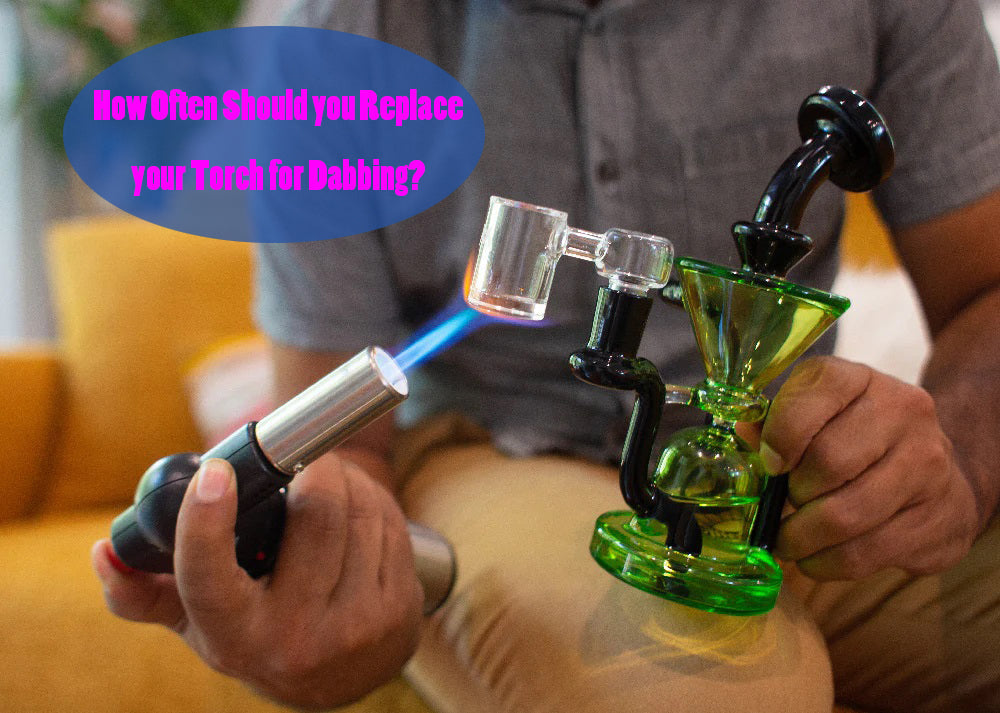
How Often Should you Replace your Torch for Dabbing?
qi gong
Torches are essential tools for dabbing. They provide consistent heat to help you achieve optimal vaporization and flavor from your concentrates.
These butane-powered devices generate flames as hot as 2000ºF, perfect for quickly heating up a quartz or titanium banger of your dab rig.
But like anything else, Torches require replace or refill to serve you well. so how often should you replace your torch for dabbing?
Type of Torch Fuel
Torches typically run on either butane or propane. Butane torches are more commonly used for dabbing as they provide a cleaner, more controlled flame.
Propane torches, while more powerful, can be excessive for most dabbing setups.
How often should you replace your torch for dabbing?
How often you should replace your torch for dabbing depends on a few key factors, but in general:
Replace Your Torch When:
The flame becomes weak or inconsistent, even with a full fuel tank.
Ignition fails repeatedly, despite cleaning the nozzle or adjusting settings. If the flame becomes weak or sputters, it's a clear indication that the butane level is low.
The torch makes strange noises, like sputtering or popping.
There’s visible damage or fuel leaks.
Performance drops, and it no longer heats your banger evenly or quickly.
Lifespan Estimates:
The duration a torch lasts depends on its size, capacity, and flame size during use. A full refill can last from 30 minutes to several hours of continuous use.
A larger fuel capacity and larger torch reduces the need for frequent refills, ensuring a more than continuous burn time and uninterrupted dabbing session.
Mid-range butane torches (e.g., Blazer Big Shot, Newport) can last 1–3 years or more with regular cleaning and care.
Cheap/low-end torches might need replacing every 3–6 months, depending on use.
Torch Maintenance Tips (to extend lifespan):
Opt for a dab torch with precise heating and adjustable flame control settings.
Use high-quality butane (like Colibri or Newport).
Bleed the tank before refilling to avoid air pockets.
Clean the nozzle regularly with compressed air or a soft brush.
Don’t over-torque or overfill it.